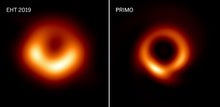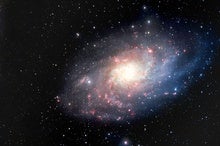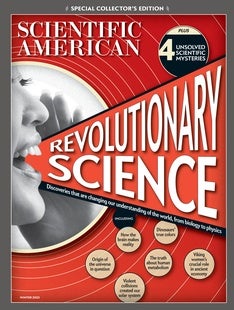|
 | ||||
| April 13, 2023 | ||||
| Our top story this week reports the latest developments in the epic quest to glimpse the universe’s very first galaxies using the James Webb Space Telescope (JWST). Almost as soon as JWST opened its infrared eye to the sky after launching in December 2021, the observatory began spying small, faint blobs of light in its “deep field” images that were thought to be some of the earliest galaxies ever seen. But confirming most of these objects were in fact far-distant emissaries from the ancient universe required time-consuming follow-up observations that are only now being reported. Read our coverage to find out more. Elsewhere this week, we have stories on sharper images and nomadic tendencies for giant black holes, new pictures of Uranus, the need for fresh ideas in the search for dark matter, and more. Enjoy! | ||||
| ||||
 | ||||
| ||||
| ||||
| ||||
| ||||
| ||||
| ||||
| ||||
| ||||
| ||||
| ||||
| LATEST ISSUES | ||||
| ||||
| Download the Scientific American App | ||||
|


















